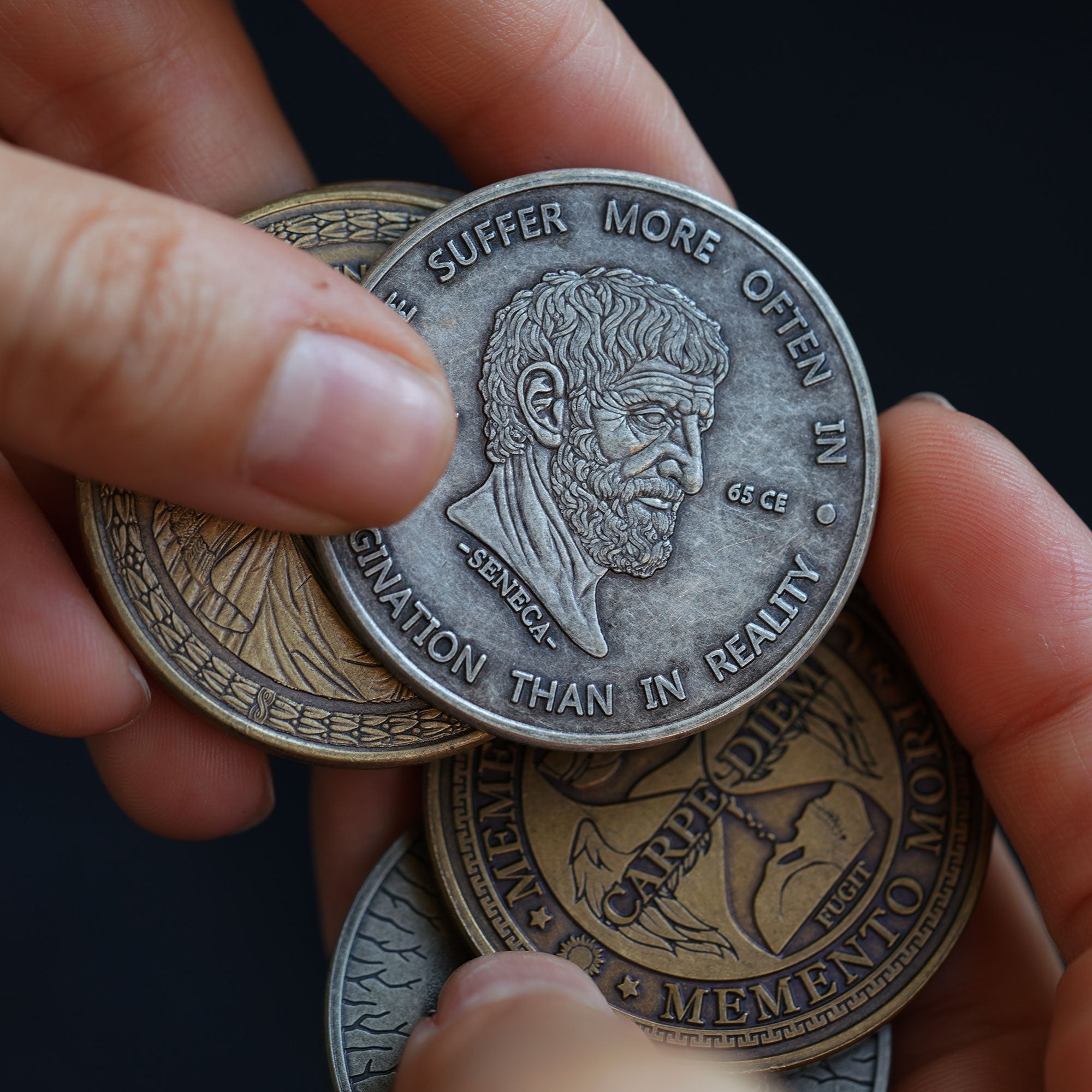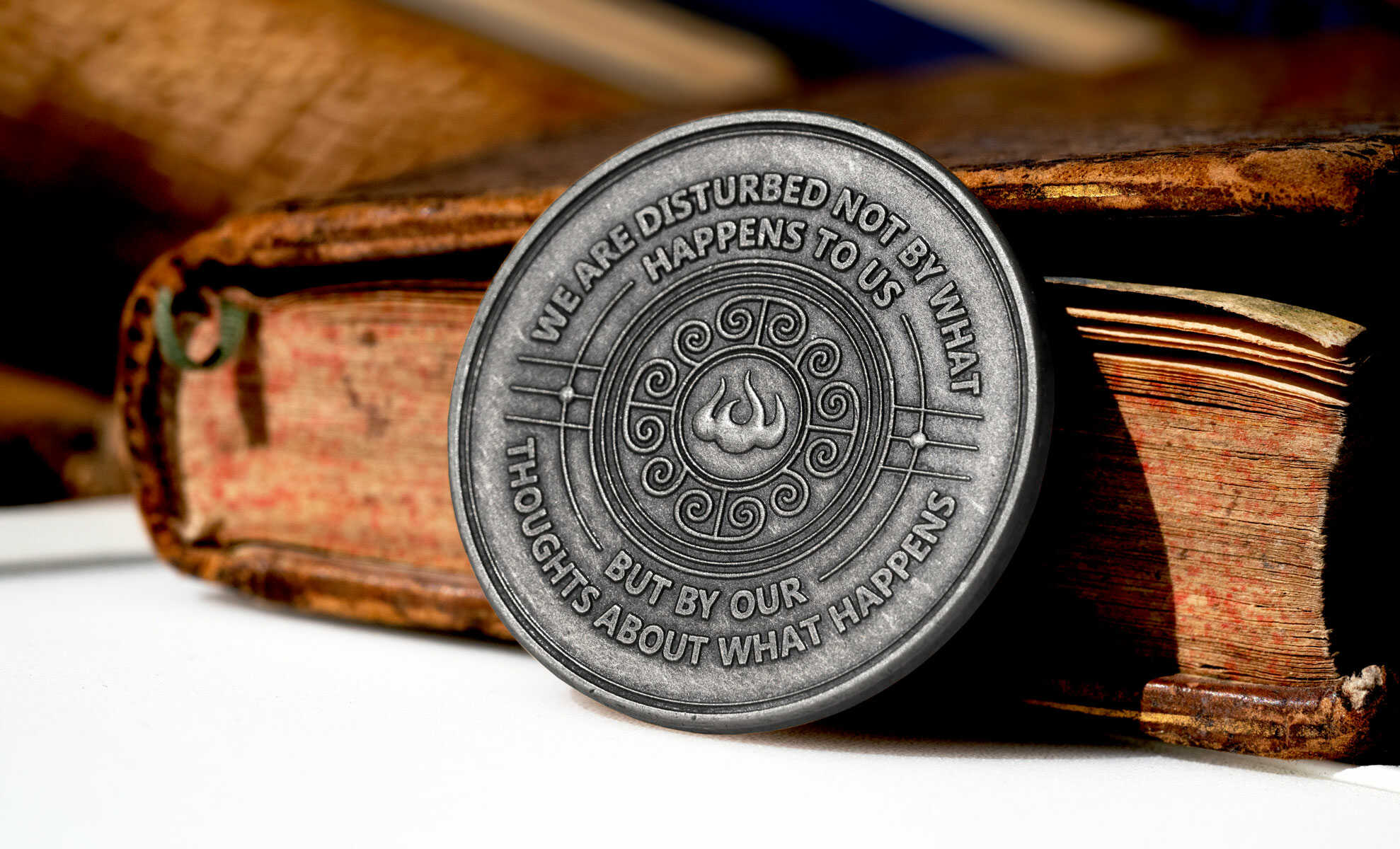Practicing Stoicism isn't just about adopting a new philosophy; it’s about fundamentally transforming the very core of our being—the ego. Initially, the ego is often driven by external validation, desires, and impulsive reactions, making it vulnerable to the whims of the outside world. However, as one dives deeper into Stoic teachings, the ego undergoes a significant metamorphosis, shifting towards a state of inner peace and rationality.
The first major shift in this transformation is the redirection of focus from external achievements to internal virtues. In a world obsessed with appearances and external success, the ego tends to seek validation from others, attaching its worth to things like wealth, status, and recognition. Stoicism teaches that true contentment and fulfillment come not from these external markers but from within. By focusing on cultivating inner virtues such as wisdom, courage, justice, and temperance, the ego begins to shed its dependency on external approval. This shift is liberating, as it frees us from the constant need for external validation and allows us to find contentment in our personal growth and moral integrity. The ego, once preoccupied with how others perceive it, becomes more centered on developing a character that aligns with these inner virtues.
As this internal focus strengthens, another profound change occurs—the reduction of destructive emotions. In its unrefined state, the ego is highly susceptible to emotions like anger, envy, and anxiety, often reacting impulsively to situations that challenge its sense of self. Stoic practices such as negative visualization, where one mentally rehearses worst-case scenarios, and the dichotomy of control, which teaches that we can only control our actions and attitudes, help mitigate these destructive emotions. By recognizing that our reactions, not the events themselves, are within our control, the ego becomes more stable and less reactive. This stability brings a sense of peace, as the ego no longer feels the need to overreact to external circumstances. Instead, it responds with measured calmness, understanding that its power lies in its response, not in the uncontrollable events around it.
Stoicism also places a strong emphasis on rationality and virtue, which significantly influences the transformation of the ego. In its initial state, the ego is often driven by irrational desires, such as the pursuit of fleeting pleasures or the avoidance of discomfort at all costs. These impulses can lead to a chaotic and unfulfilling life. However, as one practices Stoicism, the ego gradually aligns itself with rational thought and ethical principles. This alignment fosters a sense of purpose and direction, as the ego learns to prioritize long-term virtues over short-term gratifications. Rationality becomes the guiding force, helping the ego navigate life's challenges with clarity and wisdom. The ego, once a source of inner conflict and turmoil, now becomes a powerful ally in the pursuit of a virtuous life, aiding in the development of a coherent and meaningful existence.
Humility is another crucial aspect of the Stoic transformation of the ego. A key Stoic practice is contemplating the vastness of the universe and our small place within it. This perspective fosters a deep sense of humility, as we realize the limits of our personal power and knowledge. The ego, which may have been inflated with a sense of self-importance, is tempered by this humbling insight. Recognizing our interdependence with others and the transient nature of life grounds the ego in a more realistic and balanced view of its role in the world. This humility is not about diminishing oneself but rather about understanding one's place in the larger scheme of things. It allows the ego to shed its inflated sense of importance and approach life with a sense of wonder and respect for the greater whole.
Another transformative aspect of Stoic practice is the acceptance of fate, encapsulated in the concept of Amor Fati—love of fate. This principle teaches the ego to embrace whatever life brings with equanimity, seeing every event as an opportunity for growth and learning. This acceptance does not mean passive resignation but rather an active love for the process of life, with all its unpredictability and challenges. By embracing the present moment and whatever it contains, the ego learns to become more adaptable and serene. The struggle against uncontrollable events diminishes, and the ego finds contentment in the here and now, regardless of external circumstances. This acceptance fosters deep inner peace, as the ego no longer feels the need to resist or fight against the natural flow of life.
Finally, Stoicism encourages a shift from self-centeredness to a focus on service to others. Initially, the ego may be driven by selfish desires, seeking its gain at the expense of others. However, as one practices Stoicism, there is a growing realization that true fulfillment comes from contributing to the well-being of others. The ego begins to find satisfaction in acts of kindness and service, which not only benefit others but also create a sense of connection and purpose within oneself. This shift from self-centeredness to altruism enhances one's overall sense of contentment and harmony, as the ego becomes aligned with the greater good.
In the context of practicing these Stoic principles daily, carrying a Stoic coin can serve as a tangible and constant reminder of these profound teachings. Each time you feel the coin in your pocket or see it on your desk, it reinforces your commitment to focusing on what you can control, maintaining rationality, embracing fate, and serving others. The coin becomes a symbol of your ongoing journey to transform your ego, grounding you in the principles that lead to a life of tranquility, purpose, and virtue.
In summary, practicing Stoicism transforms the ego from a source of selfish desires and irrational fears into a balanced and virtuous aspect of one's character. Through the cultivation of inner focus, the reduction of destructive emotions, the emphasis on rationality and virtue, the development of humility, the acceptance of fate, and the shift towards service to others, the ego becomes a positive force in one's life. This transformation aligns the ego with the principles of Stoic philosophy, creating a foundation for a life of tranquility, purpose, and virtue.





Leave a comment
All comments are moderated before being published.
This site is protected by hCaptcha and the hCaptcha Privacy Policy and Terms of Service apply.